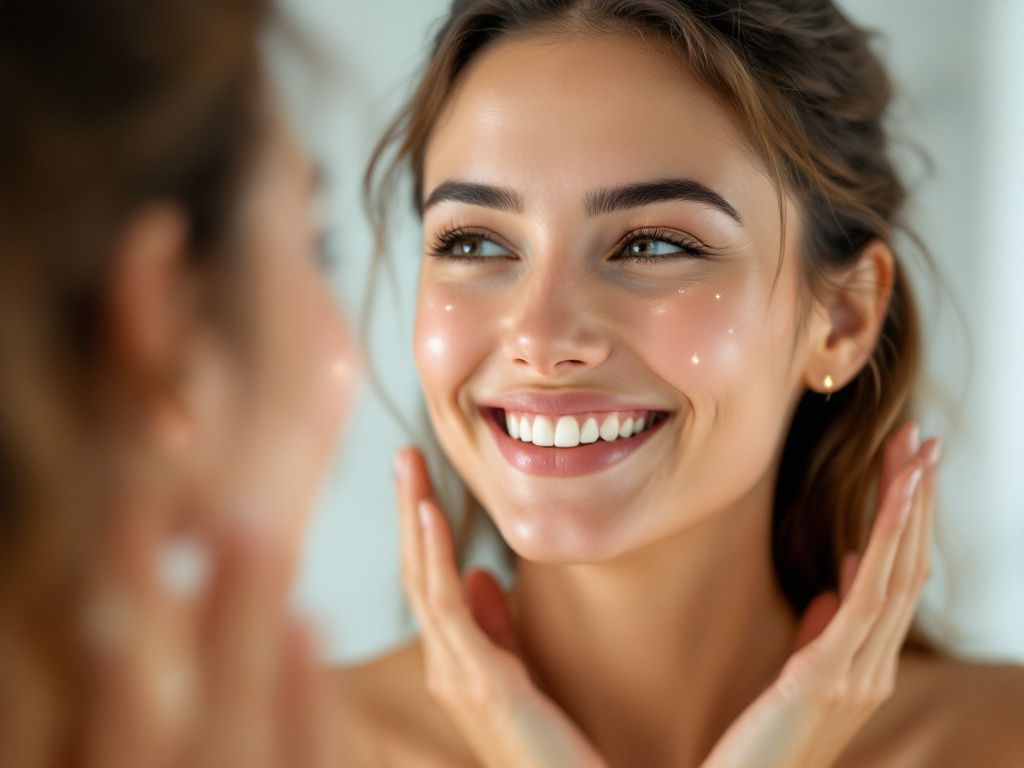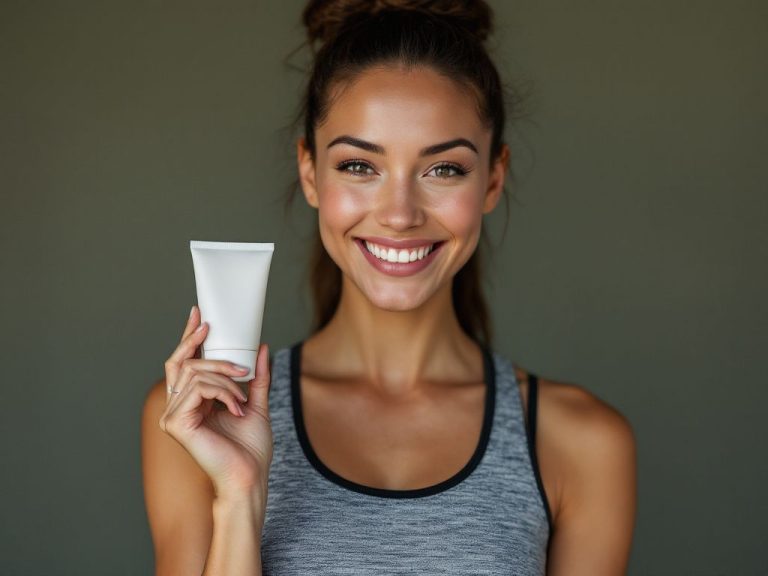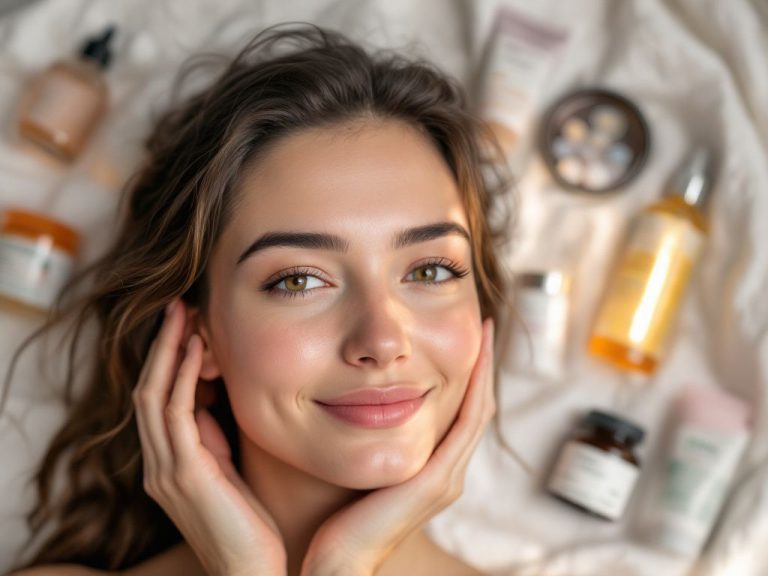Hey there, friend. Ever feel like your face has a mind of its own? One minute it’s all smooth and clear, and the next it’s a constellation of blemishes. Seriously, it feels like playing a fun little game with breakouts—except it’s not fun at all. That’s your acne cycle doing a tango, much to your dismay. But hold on, through analyzing these acne cycle patterns, we can both empower ourselves with some understanding. And who knows, maybe even get you smiling at that mirror again. Trust me on this one.
Table of Contents
ToggleThe Anatomy of Acne Cycles
Alright, let’s dive in. Imagine your skin’s journey as an ongoing cycle, just like the moon or, you know, a vicious circle of laundry. Understanding “acne cycle patterns” involves seeing how these pesky spots come and go, over time. Every breakout begins in the hidden depths of your skin weeks before it even makes an unannounced guest appearance on your face. Yep, these things are sneaky.
A Game of Timing
It isn’t just random at all. Those breakout timings often synchronize—perhaps suspiciously too well—with specific phases of hormonal changes, stress levels, or those questionable late-night snacks. See, acne cycles can be mapped out if you pay close attention, and you can start managing them before they manage you.
Identifying the Key Phases
Think of the acne cycle as a movie script. It’s got a beginning, middle, and an—eventual—end. Here’s how it typically plays out:
1. Initiation Phase
This is the bit where your skin starts thinking about those rebellious spots. Deep inside your pores, below the surface, oil production kicks into high gear. Ah, the oil glands, being super extra as usual. The odds are they partner successfully with dead skin cells to create those plugs that block up pores, starting the chaos.

2. Development Phase
Here comes inflammation—surprise, surprise. The clogged pore provides the perfect party zone for bacteria to hang out with little apology. Cue redness, swelling, and before you know it, you’re storing ice cubes in the freezer for emergency cooling.
3. Manifestation Phase
The moment we’ve all been waiting for—the breakout makes its so-not-glamorous entrance. Red, sometimes throbbing, definitely making you question your life choices. It’s showcased for all to see…until it subsides, thankfully.
4. Resolution Phase
Here’s where healing begins. Marks begin to fade, and the skin (bless its little pores!) attempts to revert to the calm before the storm. Of course, it all gets better, and you can breathe a sigh of relief… until the next initiation phase begins.
Pattern Analysis and Predicting Breakouts
You might be wondering, “So, can you really predict trouble before it’s visible?” Absolutely. Utilizing cycle analysis effectively means spotting trends early on.
Step 1: Document Everything
Start keeping a skin diary. It sounds a bit much, but ignoring half-used products and mismatched socks, jotting down everything from your stress levels, monthly cycle, diet, and skincare routine could be a game changer. Patterns will emerge—subtle at first but there.
Step 2: Recognize Cycle Length

For most, a full acne cycle can span anywhere from 4 to 8 weeks. Don’t worry if it varies a little; not everybody’s timepiece ticks the same. Your own breakout timing probably dances on its own timeline.
Step 3: Identify Your Personal Triggers
Perhaps dairy seems to be plotting against you, or stress from presentations sends your skin into a tizzy. Noticing these correlations will put you back in the driver’s seat.
Handling Acne Cycles Effectively: Actionable Insights
Having picked up the pattern analysis toolkit, you’re in control—a touch of astrology, but grounded in science, I promise. Here’s how you can take caring measures.
Maintain a Consistent Routine
Stick to what works—a universal skincare mantra! You’ll need:
- Gentle Cleanser: Something free of harsh chemicals.
- Moisturizer: Hydration never goes out of style.
- Targeted Treatments: Essentials like salicylic acid or benzoyl peroxide.
Anticipate Phases Ahead
Apply treatments like retinoids proactively, especially during the sneaky initiation phase. Think of salicylic acid as your defensive line—ready to strike before blemishes develop fully.
Modify Lifestyle Patterns

- Diet Watch: Pinpoint any dietary habits plotting against your complexion. Ready to shake off that cheese addiction?
- Stress Reduction: Meditation, exercise, or booking a quick getaway (imaginary or real)—they help.
Seek Professional Help
If things get out of hand, having dermatologists or skincare professionals as your allies is another smart move. They’ve seen it all and probably have a few surprises up their white-coat sleeves.
Key Takeaways for Acne Cycle Patterns
Here’s the crux, in plain English—when you “get” your acne cycles, it’s like seeing behind the scenes of a roller coaster ride you didn’t sign up for. Saying no spoilers here—embrace these cycles, and you’ll dance through them with eventual grace.
- Understand What’s Behind Them:
- Discovering your personal acne cycle isn’t much different than a finding a not-so-secret diary that your skin kindly provides.
- Outline Key Triggers:
- Identifying episodes means becoming besties with your skin’s unique patterns.
- Ultimate Control Through Routine and Timing:
- A stable skincare regime combined with timely intervention pushes back any creeping sign of breakouts.
- Accept And Adapt:
- It’s all about working with your skin, not against it. Evolutionary thinking wins in the long haul.
Acne cycle patterns may try their roller coaster trick on you, but with a little timing focus and lifestyle adjustments, you’re steering the ride, buddy. Now, doesn’t that sound just about achievable, with that glimmer of motivation we all need? Let’s face it, even a skin superstar has their off days—thanks for knowing the script and owning it.
Frequently Asked Questions
What are the stages of the acne cycle?
The acne cycle involves four main stages. First, a hair follicle or pore becomes clogged with dead skin cells and oil (sebum), which can mix and become sticky, trapping oil and bacteria inside the pore. Second, the overproduction of sebum, often triggered by androgen hormones, exacerbates the clogging. Third, bacteria (p. acnes) feed on the trapped oil and dead skin cells, leading to an increase in bacterial population. Finally, the body’s immune response to the bacteria causes inflammation, resulting in pimples or other acne lesions[1][5][4>.
How do hormonal changes during the menstrual cycle affect acne?
Hormonal fluctuations during the menstrual cycle can significantly impact acne. The changes in estrogen and progesterone levels, particularly the drop in these hormones before menstruation, can lead to increased sebum production and higher relative levels of testosterone, which can cause acne breakouts. These breakouts often occur in the late luteal phase of the menstrual cycle and are commonly seen on the lower half of the face, jawline, and neck[2][3][5>.
What are the common types of acne lesions formed during the acne cycle?
The acne cycle can result in various types of acne lesions. These include whiteheads (closed comedones), blackheads (open comedones), papules (red, inflamed bumps), pustules (red, inflamed bumps with pus), nodules (deep, hard bumps), and cysts (deep, pus-filled bumps). Each type is a result of the combination of clogged pores, bacterial infection, and inflammation[1][5][4>.
How can the acne cycle be managed or treated?
Managing the acne cycle involves several strategies. Using products that help prevent clogged pores, such as those containing salicylic acid, retinol, or benzoyl peroxide, can be effective. Additionally, maintaining a consistent skincare routine, exfoliating gently, and considering treatments like the combined contraceptive pill or other oral medications for hormonal acne can help. It is also important to be patient and diligent with skincare routines to see real results[1][4][5>.
References







